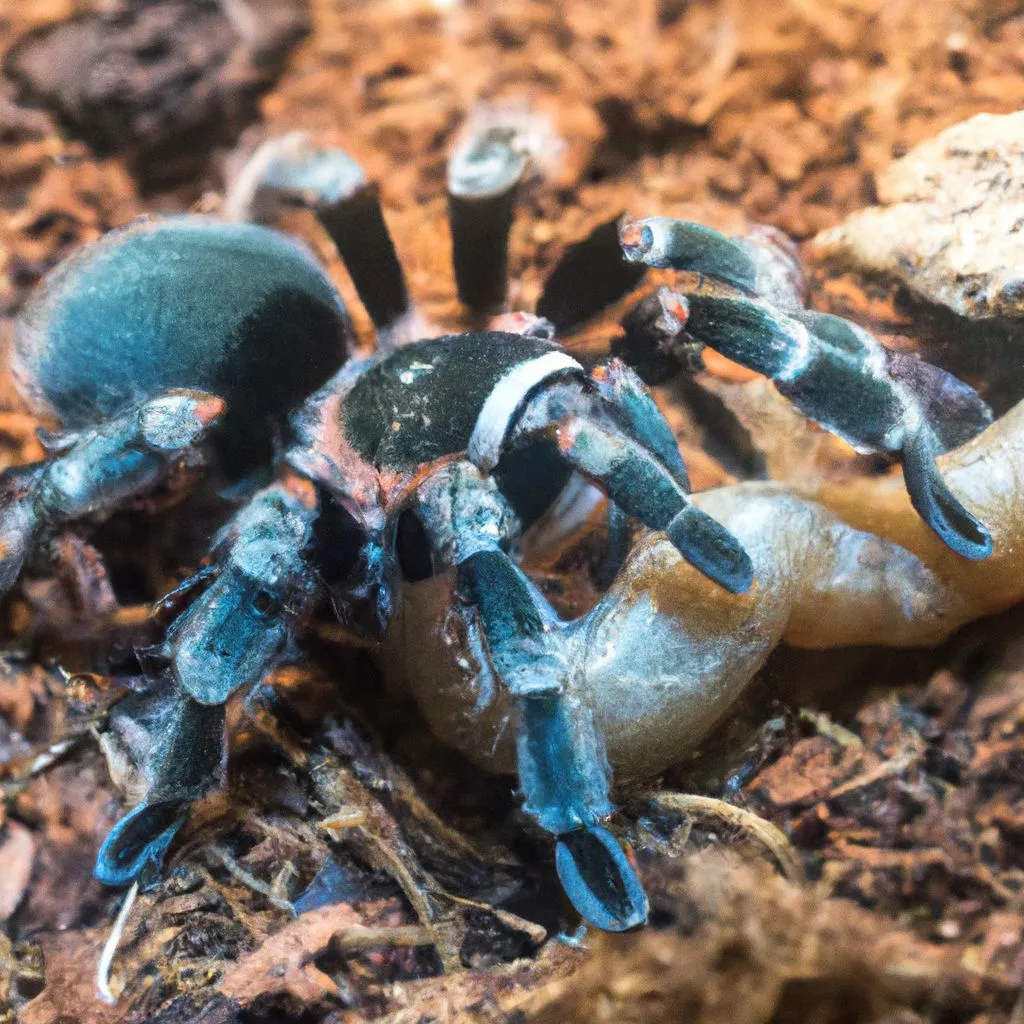Why Your Pet Tarantula Won’t Eat
Discovering your pet tarantula won’t eat can be a worrying experience for any arachnid enthusiast. Unlike many pets, tarantulas have specific needs and their refusal to eat can be a sign of various underlying issues. Understanding the common reasons behind this behavior is crucial for ensuring your tarantula’s well-being and longevity. This guide will explore the top five reasons a pet tarantula might refuse food, providing insights and solutions to help you address the problem effectively and keep your eight-legged friend healthy and happy. From environmental conditions to health concerns, we’ll cover everything you need to know to troubleshoot your tarantula’s eating habits.
Temperature and Humidity Issues
One of the primary factors influencing a tarantula’s appetite is its environment. Tarantulas are ectothermic animals, meaning they rely on external sources to regulate their body temperature. If the temperature in their enclosure is too low, their metabolism slows down, making them less likely to eat. Similarly, humidity plays a crucial role; too little or too much can cause stress and affect their feeding behavior. The ideal temperature range for most tarantulas is between 75-85°F (24-29°C), and humidity should be maintained at appropriate levels depending on the species. Always research the specific needs of your tarantula species to ensure optimal conditions.
Maintaining Optimal Habitat Conditions
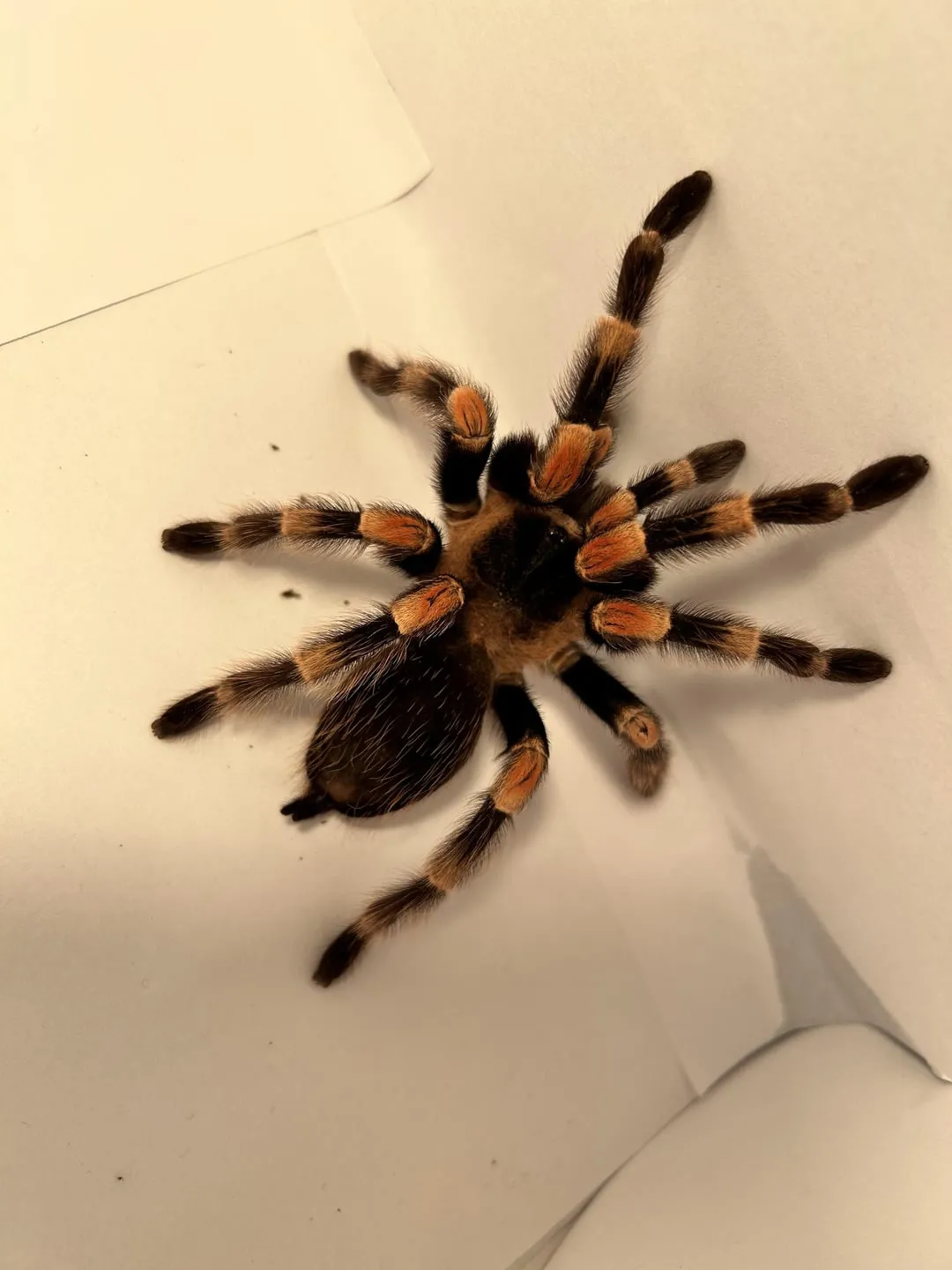
Maintaining the correct temperature and humidity levels is essential. Use a reliable thermometer and hygrometer to monitor the conditions inside the enclosure. For temperature, you can use a heat mat or a low-wattage heat lamp, ensuring it doesn’t overheat the habitat. To control humidity, mist the enclosure with water regularly, and provide a shallow water dish. The substrate type also affects humidity retention; coco fiber and peat moss are excellent choices. Regular checks and adjustments will help create a comfortable environment, encouraging your tarantula to eat and thrive. Remember, consistency is key when maintaining the ideal habitat.
Moulting and Refusal to Eat
Moulting, or shedding their exoskeleton, is a natural and necessary process for tarantulas to grow. During this time, they typically stop eating. This is because the energy required for moulting is significant, and eating would interfere with the process. Understanding the moulting cycle and recognizing the signs is vital for responsible tarantula care. A tarantula may refuse food for several weeks or even months before and after a moult. This is normal and not a cause for immediate concern, provided the tarantula appears healthy and otherwise active.
Signs of an Impending Moult
Several signs can indicate your tarantula is about to moult. These include a darkening of the abdomen, a loss of appetite, and a general lethargy. You might also notice the tarantula spending more time on the ground or constructing a web mat. Some tarantulas may also appear bald or have a shiny appearance on their abdomen. Recognizing these signs allows you to adjust the care accordingly. Reduce disturbances, ensure proper humidity, and avoid offering food during this vulnerable period. Watching for these changes will help you provide the best care for your pet.
What to Do While Your Tarantula Moults
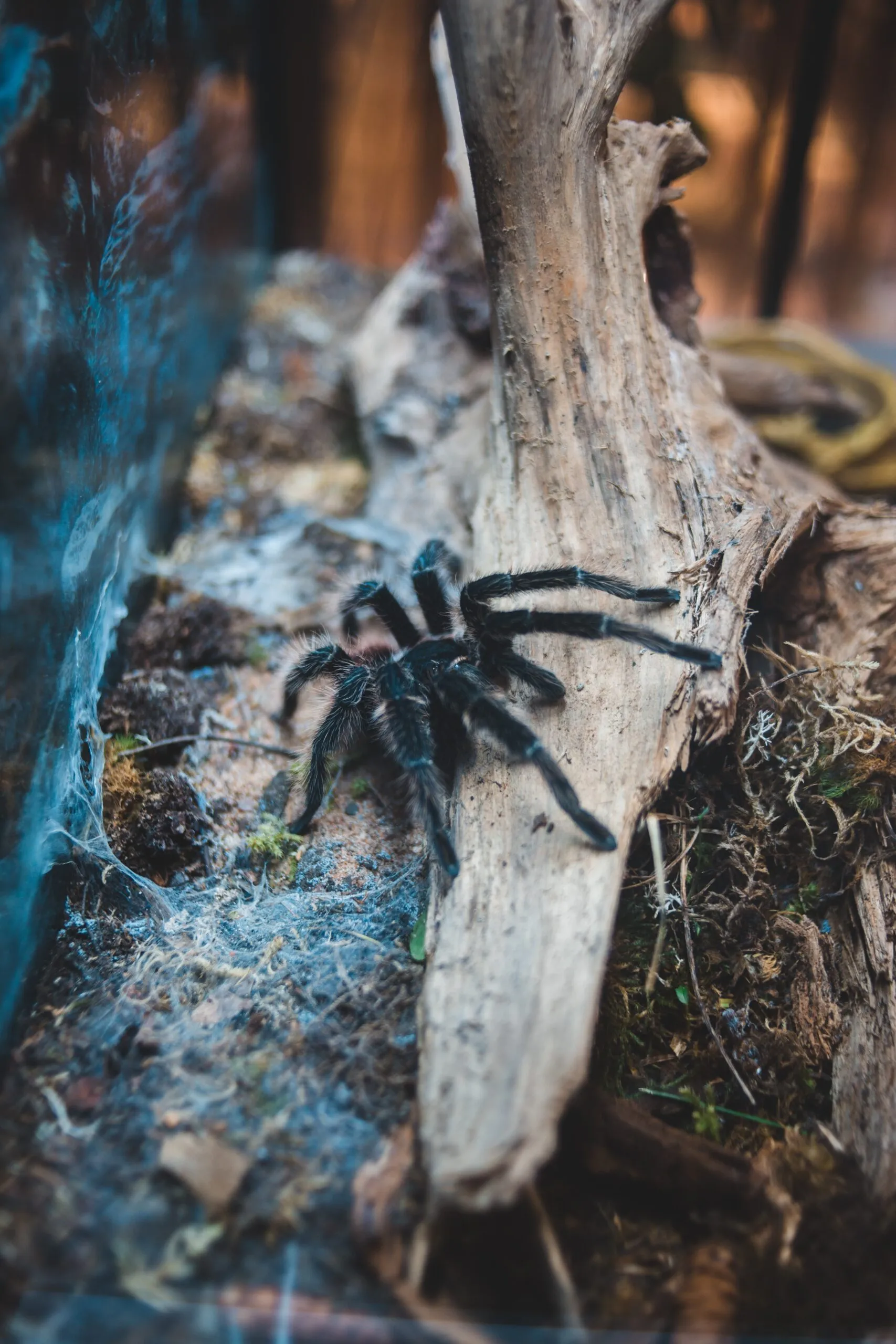
During the moulting process, it’s crucial to avoid disturbing your tarantula. Keep the enclosure at the correct humidity and temperature levels. Do not offer food. Avoid touching or moving the tarantula, as they are extremely vulnerable during this time. Once the moult is complete, wait a few days for the new exoskeleton to harden before offering food. Freshly moulted tarantulas are soft and susceptible to injury, so patience and observation are essential. The moult is a sign of growth and health, and a successful moult is something to celebrate. Be sure to remove the old exoskeleton after the tarantula has fully recovered.
Prey Size and Type Considerations
Offering the wrong type or size of prey can also lead to a tarantula refusing food. Tarantulas have preferences, and some may not be interested in certain types of insects. The size of the prey is equally important; it should be no larger than the tarantula’s body. Overfeeding can also be a problem; offering too much food at once can stress the tarantula. Understanding what your tarantula prefers and adjusting your feeding strategy accordingly can greatly improve its appetite. Varying the diet and providing appropriately sized prey are keys to successful feeding.
Choosing the Right Prey
Common prey items for tarantulas include crickets, mealworms, dubia roaches, and various other insects. The choice of prey depends on your tarantula’s species and preferences. Research your species to determine the best options. Ensure the prey is healthy and well-fed, as this will provide better nutrition for your tarantula. Avoid wild-caught insects, as they may carry parasites or pesticides. Always gut-load the insects before feeding them to your tarantula, this involves feeding the insects nutritious food items to enhance their nutritional value. Experiment with different types of prey to discover what your tarantula enjoys most.
Avoiding Overfeeding and Prey Issues
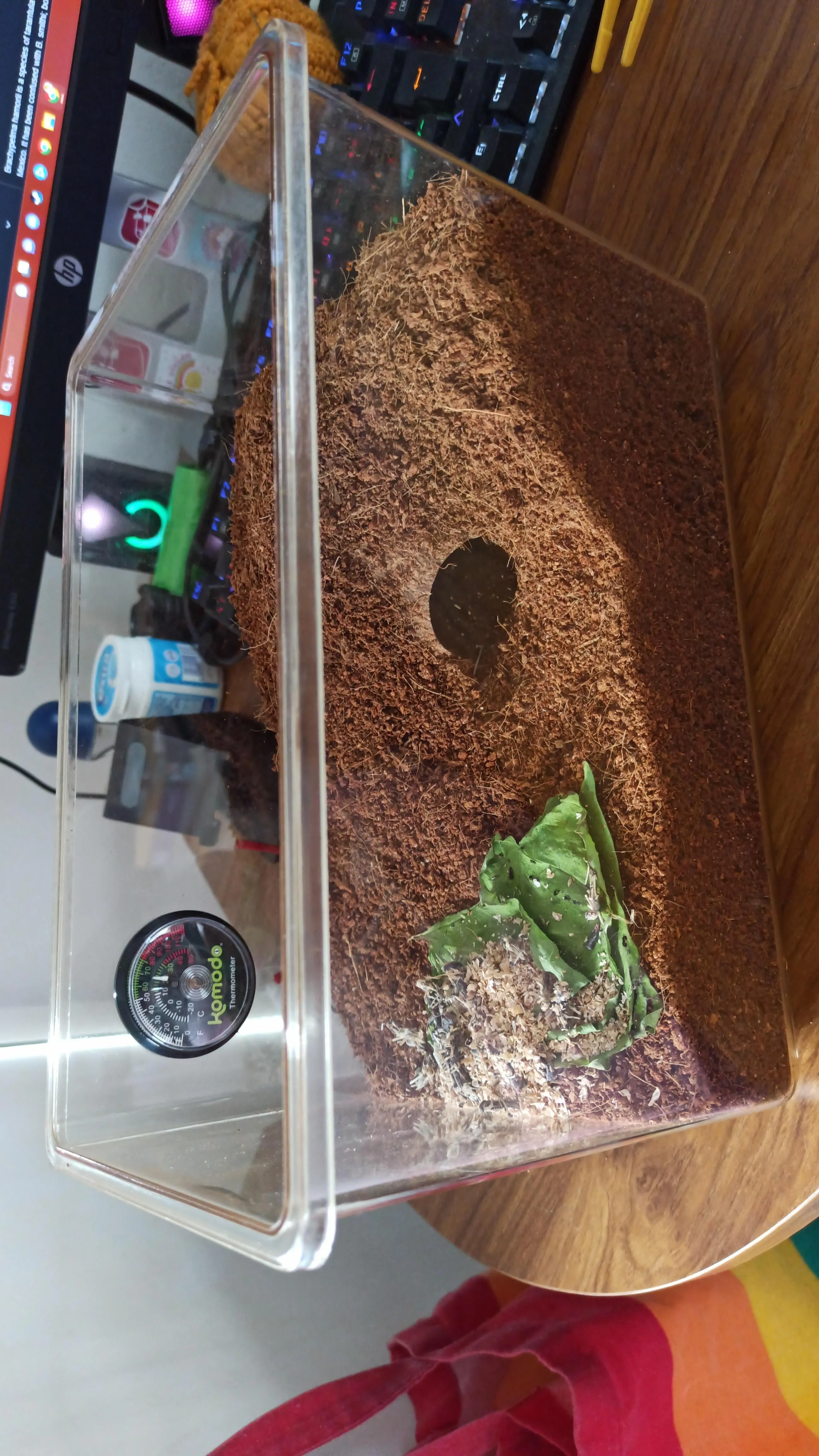
Overfeeding can lead to several health problems in tarantulas, including obesity and stress. Feed your tarantula based on its size and age. For juveniles, feeding once or twice a week is usually sufficient, while adults may only need to be fed once every week or two. Remove any uneaten prey within 24 hours to prevent them from bothering or injuring the tarantula. Additionally, ensure the prey insects are not too large, as they can stress or even injure the tarantula. Regularly monitor your tarantula’s body condition to ensure it is at a healthy weight and adjust your feeding schedule as needed.
Stress and Environmental Factors
Stress can significantly impact a tarantula’s appetite. Tarantulas are sensitive creatures, and several environmental factors can cause them stress, leading to a refusal to eat. Loud noises, frequent handling, vibrations, and even excessive light can make them feel insecure. Understanding the common stressors and creating a calm environment is essential for your tarantula’s well-being. A stressed tarantula may hide, refuse food, or exhibit defensive behaviors, so creating a stress-free habitat is critical for their health and happiness.
Common Stressors for Tarantulas
Common stressors include loud noises, vibrations from the enclosure being moved, bright lights, and frequent handling. Other stressors include changes in the environment, such as temperature fluctuations or sudden shifts in humidity. Overcrowding in the enclosure and a lack of hiding places can also cause stress. Additionally, exposure to chemicals or strong odors can irritate a tarantula. Minimizing these stressors will create a more comfortable and secure environment, encouraging your tarantula to eat. Identifying and eliminating these stressors is crucial.
How to Create a Stress-Free Environment
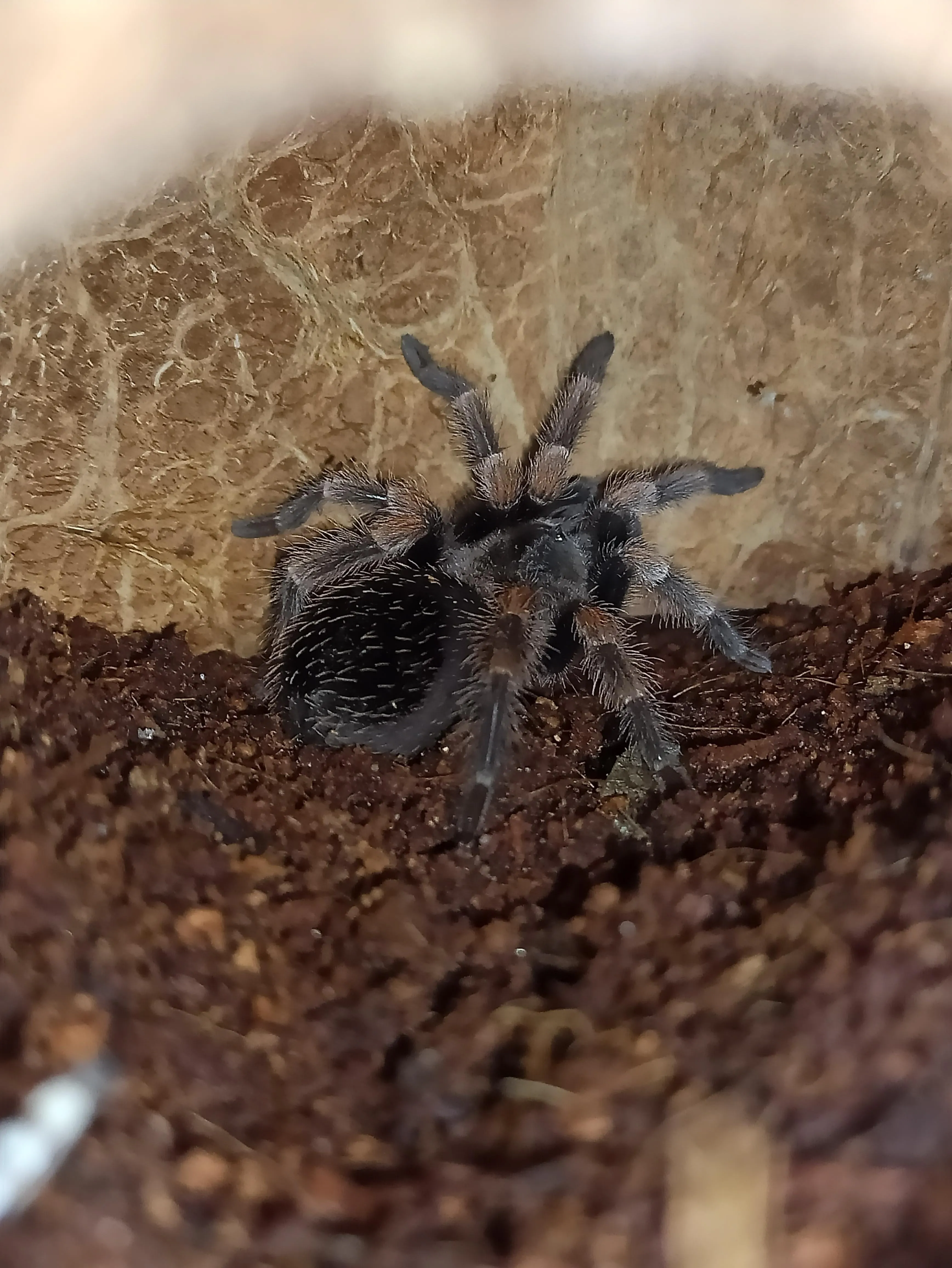
To create a stress-free environment, place the tarantula’s enclosure in a quiet, low-traffic area. Avoid sudden movements or loud noises near the enclosure. Provide ample hiding places, such as cork bark or artificial plants, where the tarantula can retreat. Keep the enclosure clean and maintain proper temperature and humidity levels. Minimize handling, especially if the tarantula is not used to it. Ensure the enclosure is secure to prevent escape. By minimizing stressors, you can help your tarantula feel safe and secure, which can encourage a healthy appetite. A calm environment leads to a happy and well-fed tarantula.
Illness and Health Problems
Sometimes, a tarantula’s refusal to eat can be a sign of an underlying illness or health problem. Several conditions can affect their appetite, including bacterial infections, parasites, and fungal infections. Other factors, such as dehydration, can also lead to a lack of interest in food. Recognizing the signs of illness and knowing when to seek professional veterinary advice is essential for your tarantula’s health. Early detection and treatment can improve the chances of recovery and prevent the condition from worsening. Pay close attention to your tarantula’s behavior and appearance.
Identifying Signs of Illness in Tarantulas
Besides refusing food, other signs of illness in tarantulas include lethargy, loss of coordination, and unusual behaviors. Watch for changes in the tarantula’s appearance, such as discoloration, swelling, or lesions. Observe their posture; an unhealthy tarantula may appear weak or have difficulty moving. Other symptoms include a lack of responsiveness to stimuli and a change in the appearance of their abdomen. If you notice any of these signs, it’s important to investigate further. Observing and monitoring your pet’s behavior is crucial for early detection of potential health issues.
When to Seek Veterinary Advice
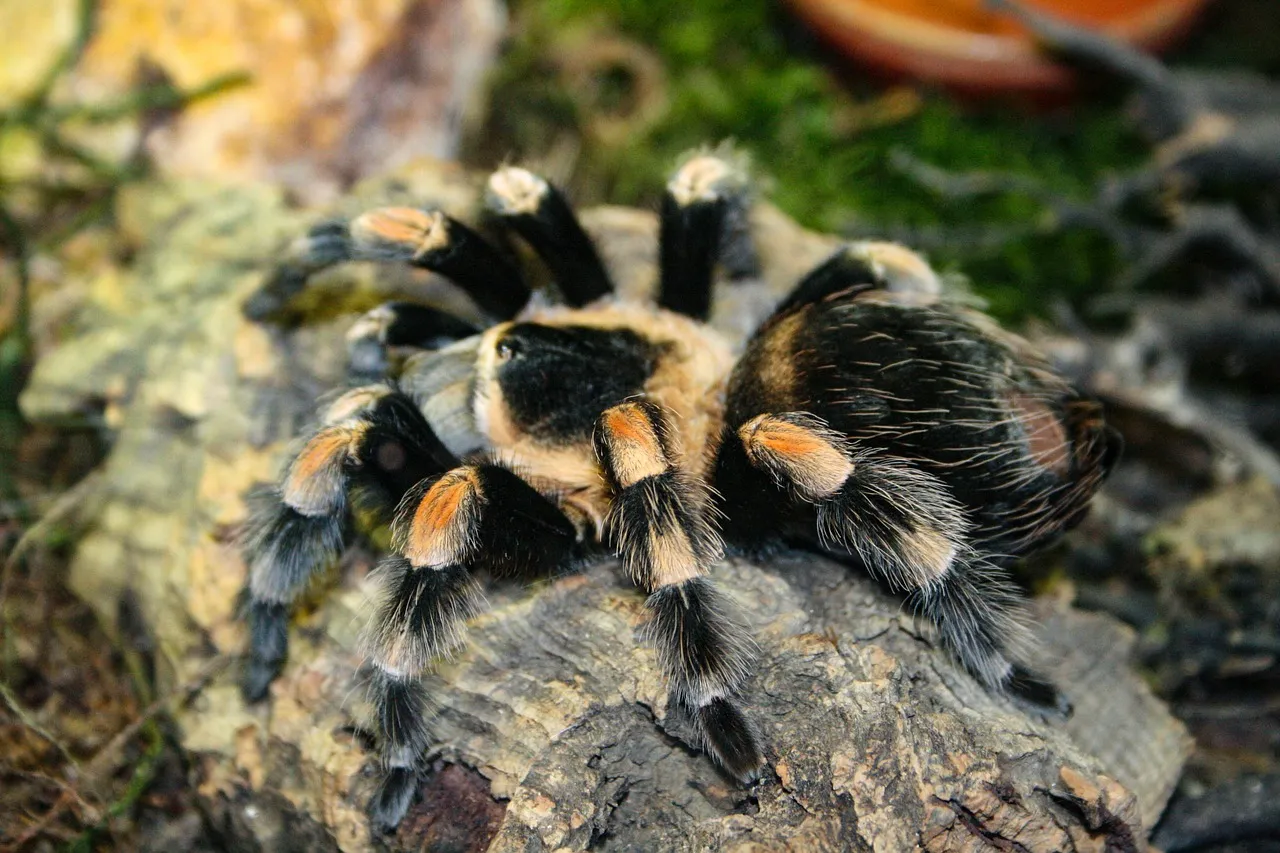
If your tarantula stops eating for an extended period and exhibits other signs of illness, it’s time to consult a veterinarian experienced with exotic animals. While not all vets specialize in tarantulas, seeking professional advice is crucial if you suspect your pet is sick. Provide your vet with as much information as possible, including the tarantula’s species, age, and the conditions of its enclosure. Also, describe the symptoms and behaviors you have observed. Early intervention can significantly improve the chances of a successful recovery. Your vet can run tests, provide treatment, and offer guidance to help your tarantula. Do not hesitate to seek veterinary care; it is a critical part of responsible pet ownership.
Conclusion
Understanding why your pet tarantula won’t eat is essential for providing proper care. By considering factors like temperature, humidity, moulting, prey type, stress, and potential illnesses, you can identify the cause and take appropriate action. Regularly monitoring your tarantula’s behavior, environment, and eating habits will help you detect problems early. A healthy and well-fed tarantula is a happy one. With careful observation and attention to detail, you can ensure your eight-legged friend lives a long, healthy, and fulfilling life. Remember, responsible pet ownership is about providing the best possible care, and by addressing these common issues, you are one step closer to creating a thriving environment for your tarantula.
